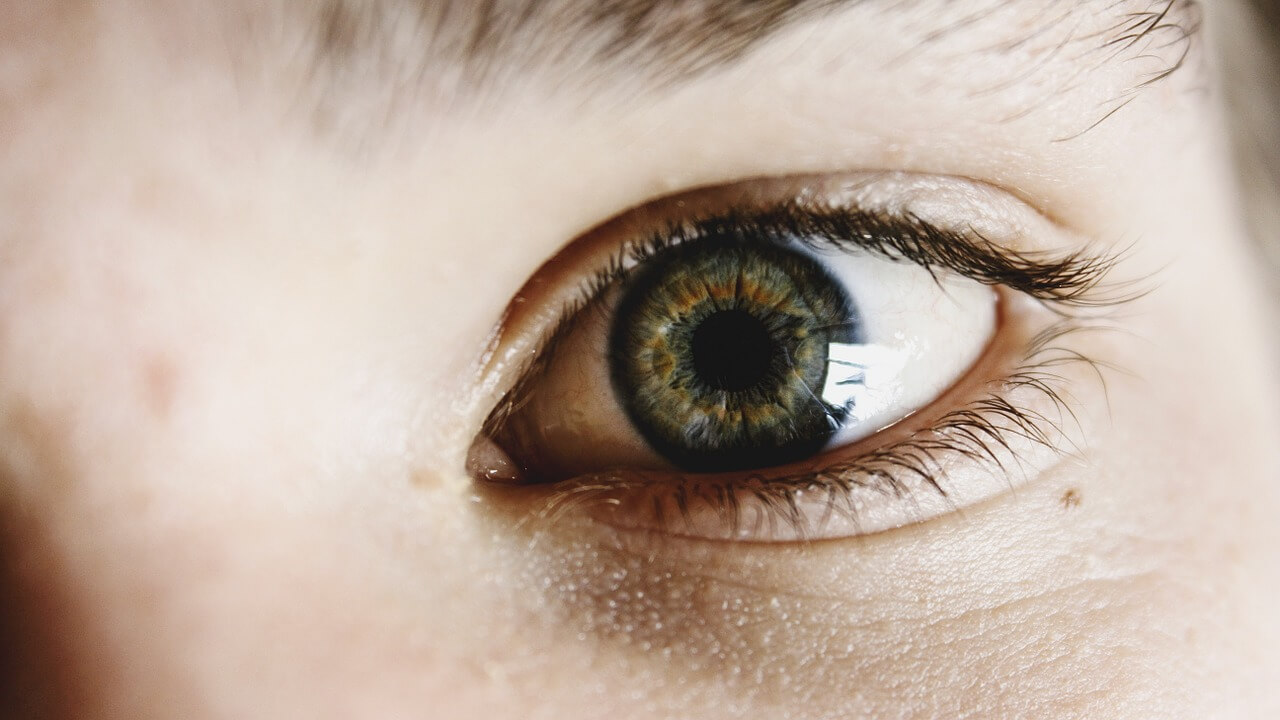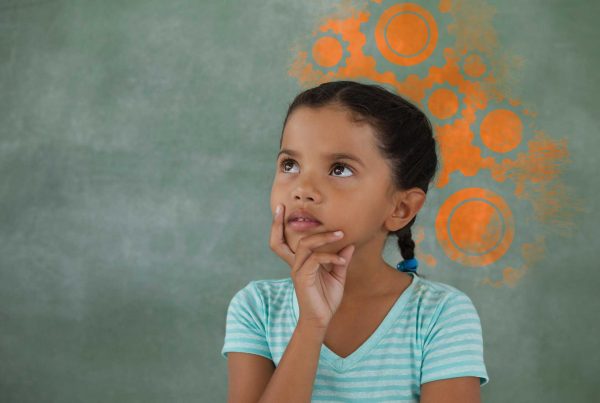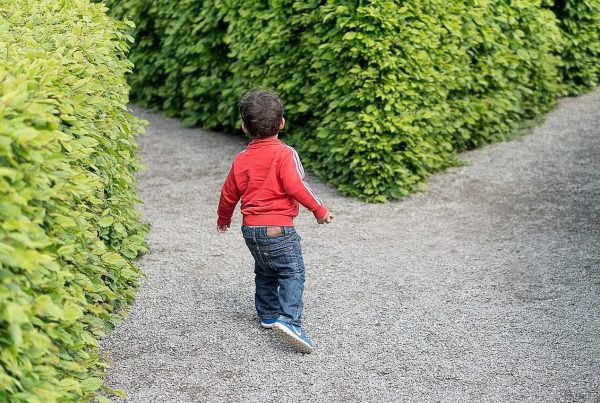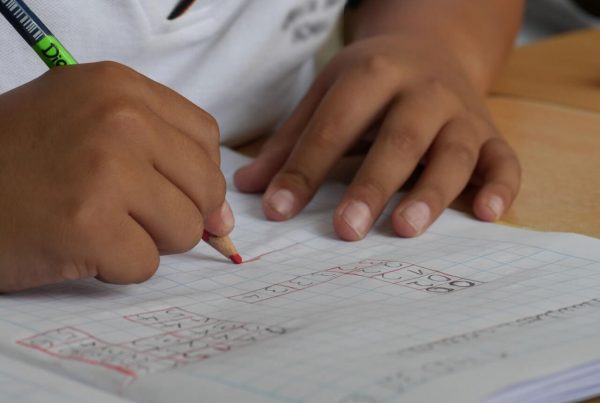
Vision is more than being able to see what’s in front of you; it’s the process in which the seen information becomes comprehensible, organized, and integrated in a meaningful way. For vision to function properly, one needs to understand what’s being visualized.
Visual-spatial awareness is the ability to be mindful of oneself in space and the positions and shapes of objects in that given space. It tells you what, where, and how objects are in space. This skill is necessary for reading maps, playing sports, processing math equations, and more.
Visual-spatial awareness allows children to coordinate their movements with what they see. For example, when a child catches a ball, the child must gauge the speed and distance of the ball as it travels in-flight; a child who has challenges with visual-spatial awareness will consistently misjudge where the ball will land or the time it will take for the ball to reach its destination.
Beyond sports, a lack of visual-spatial awareness can affect a child in a variety of ways, such as knowing which shoe to put which foot, misunderstanding directional space (not knowing what’s up, down, left, right, etc.), and poor mathematical and reading skills. Spatial awareness is also linked to visual logical reasoning, or in lay men’s terms, being able to visually process what’s in front of you and to plan your actions accordingly. Playing chess, crossing streets, drawing an illustration, solving a word problem, and connecting puzzle pieces together are just some examples.
Children challenged with visual-spatial awareness can face difficulties in many everyday activities, such as searching for and finding an object, coordination and motor planning, sensing your body’s position, motion, and orientation to space, etc. Children with visual-spatial challenges often exhibit difficulties at school. During reading and math, for example, children need to process the relation of numbers, symbols, and letters to one another to be able to understand their meaning. These difficulties lead to anxiety and distress resulting in a lack of self-confidence since we need visual-spatial awareness to function efficiently in day-to-day life.
At Little Thinkers Center, children with unique challenges, individual differences, and various developmental capacities are carefully assessed. A set of highly engaging, experiential activities and games are tailored to each child’s needs to cultivate visual-spatial awareness. Visual Thinking games specifically improve children’s visual-spatial perception and the ability to mentally sort and manipulate objects in space. General and Discriminative Movement Thinking exercises help to visually orient the child’s concept of the natural space being occupied. Graphic Thinking activities are introduced to younger children to encourage optimal visual interpretation integrated with proficient movement control.



